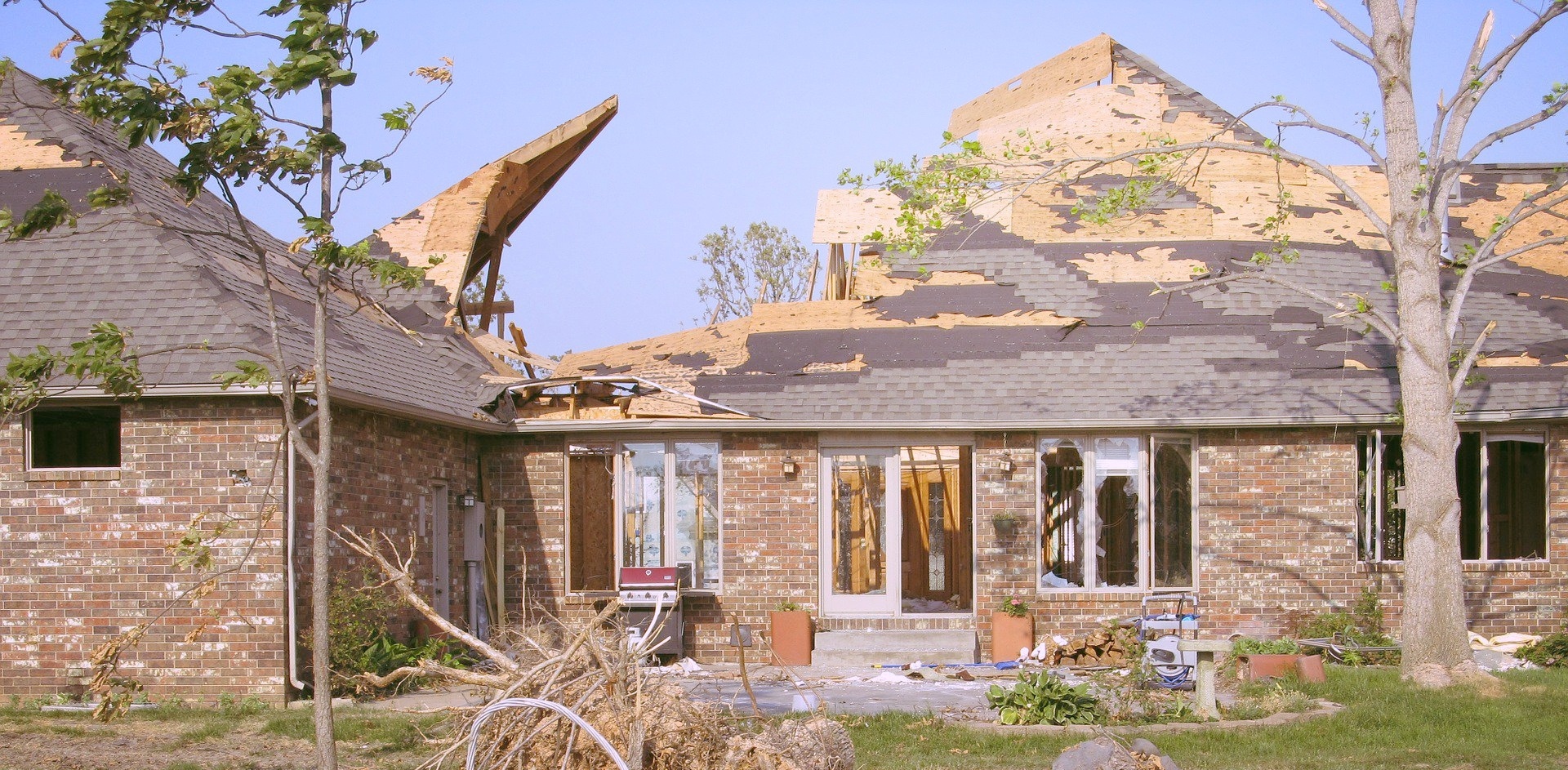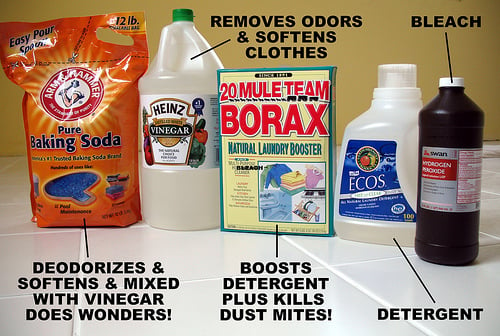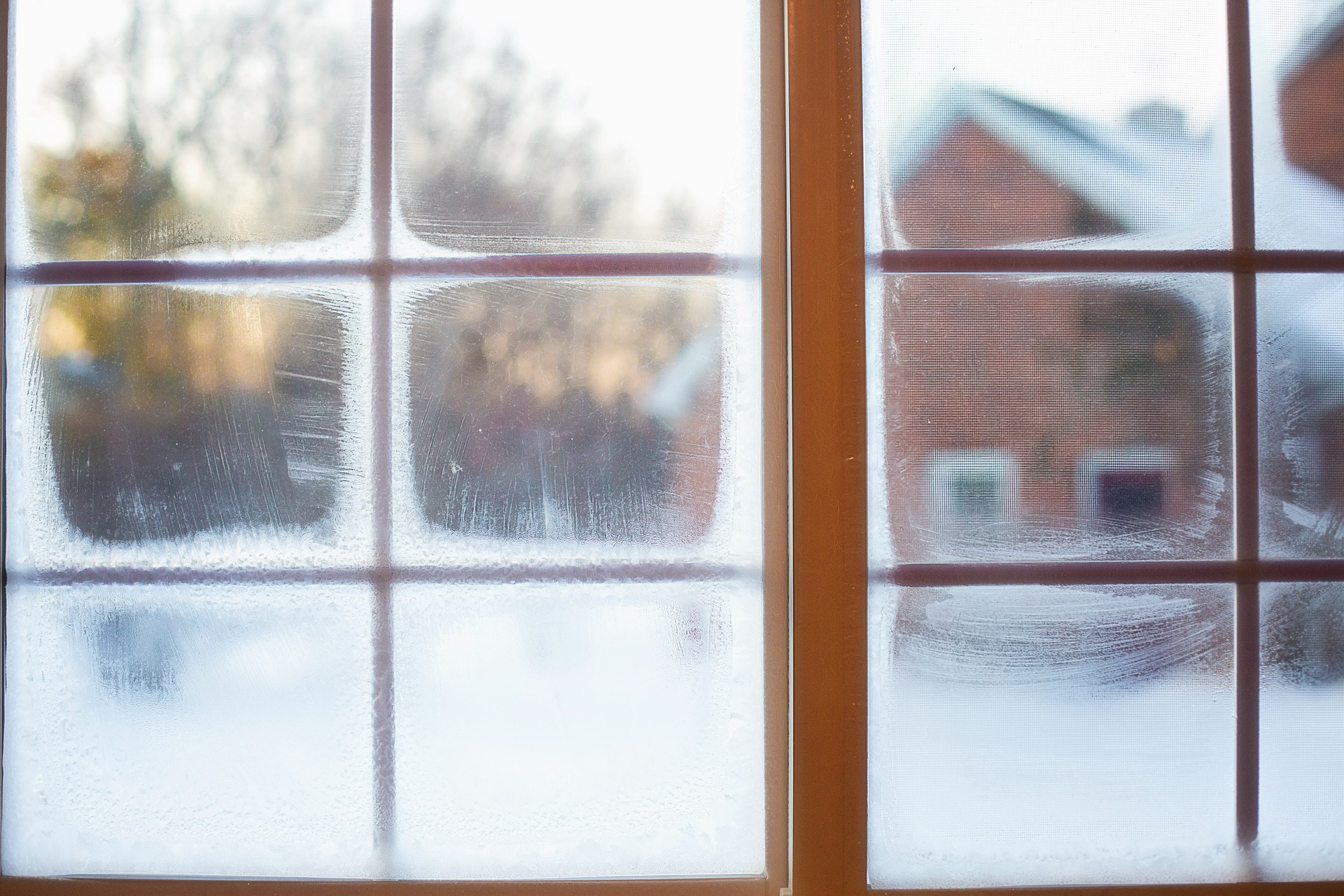High winds don't just have the potential to down trees and damage power lines, but they can also do a number on your home. Yes, areas like the roof, gutters and siding are particularly susceptible to enduring wind damage when the weather gets too gusty outside. And it's imperative that the right steps are quickly taken to repair any damage caused from heavy winds to make sure that further property damage does not occur.
While there are certain preventative measures that can be taken prior to projected severe weather, it's just as important to check for any damages after the storm so that issues can be identified, and repairs scheduled in a prompt manner.
Here's a closer look at how to check for wind damage to the three most susceptible areas of the home:
The Roof
Once the severe weather has subsided, go outside your home and conduct a visual inspection from the ground. You may even grab a pair of binoculars to further zero in on potential problem areas that might be hard to see from the ground with the naked eye. Look for things like missing shingles, curled shingles or cracked shingles. If you're comfortable enough getting up on the roof, check for areas around the vents and flashing to ensure they're still in good condition. Most of the time after high winds, issues are localized enough where roof repair can resolve the problem. You should also check inside the home for signs of water stains, mold growth and peeling paint, especially on ceilings.
The Gutters
Again, it's fairly easy to notice gutter damage from an outdoor visual inspection. Check to see if downspouts have become dislodged, if pieces are missing or if the assembly has become loose at the elbow joints. Also, be on the lookout for any sagging gutters, as this could indicate that the assembly has loosened from the structure. Inspect the ground underneath the gutters to see if there are signs of standing water, as this may be indicative of a gutter leak. You may also grab a ladder and inspect things more closely if you choose. This will allow you to get a better look at other potential issues, like rust, downspout clogs, lose or busted fasteners and more. Repair as necessary so that rainwater can drain safely away from the home's foundation.
The Siding
Siding damage is fairly easy to spot. Unlike gutters and roof damage, you can usually detect siding damage without using a ladder or working at any significant heights. That's because the most common siding damage caused from high winds include broken siding, cracked siding or dented siding, all issues that should be able to be spotted from the ground outside of the home. If you notice siding issues, quick replacement is key. In the meantime, you might elect to cover the affected area with plastic to make sure that moisture doesn't further damage the home until it's repaired.
While some repairs can be made by homeowners following wind and storm damage, others require an experienced professional. For more information on how to check for wind damage, contact us today.











Comments